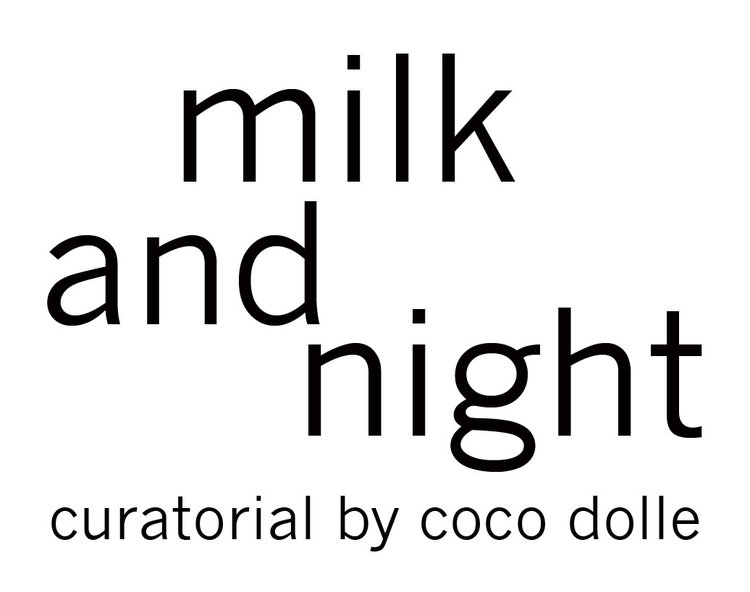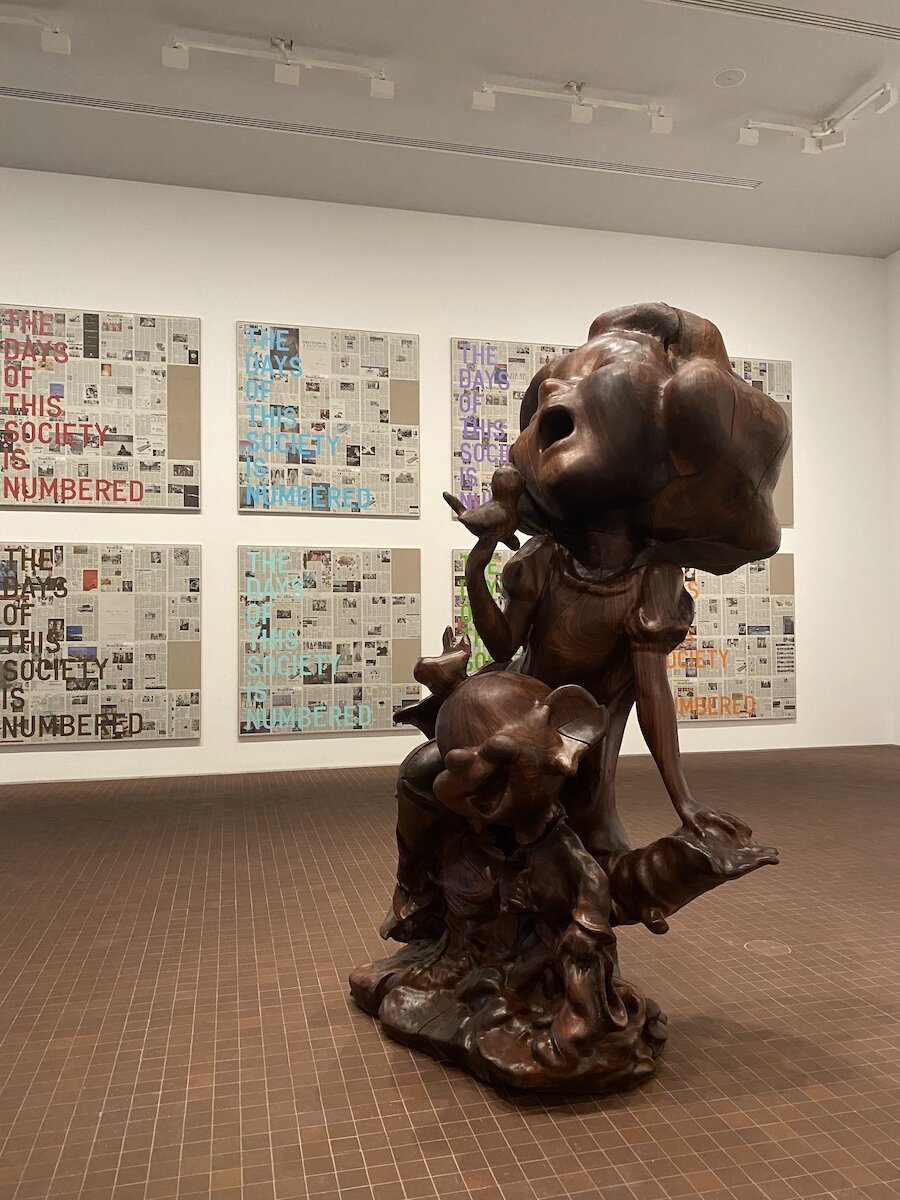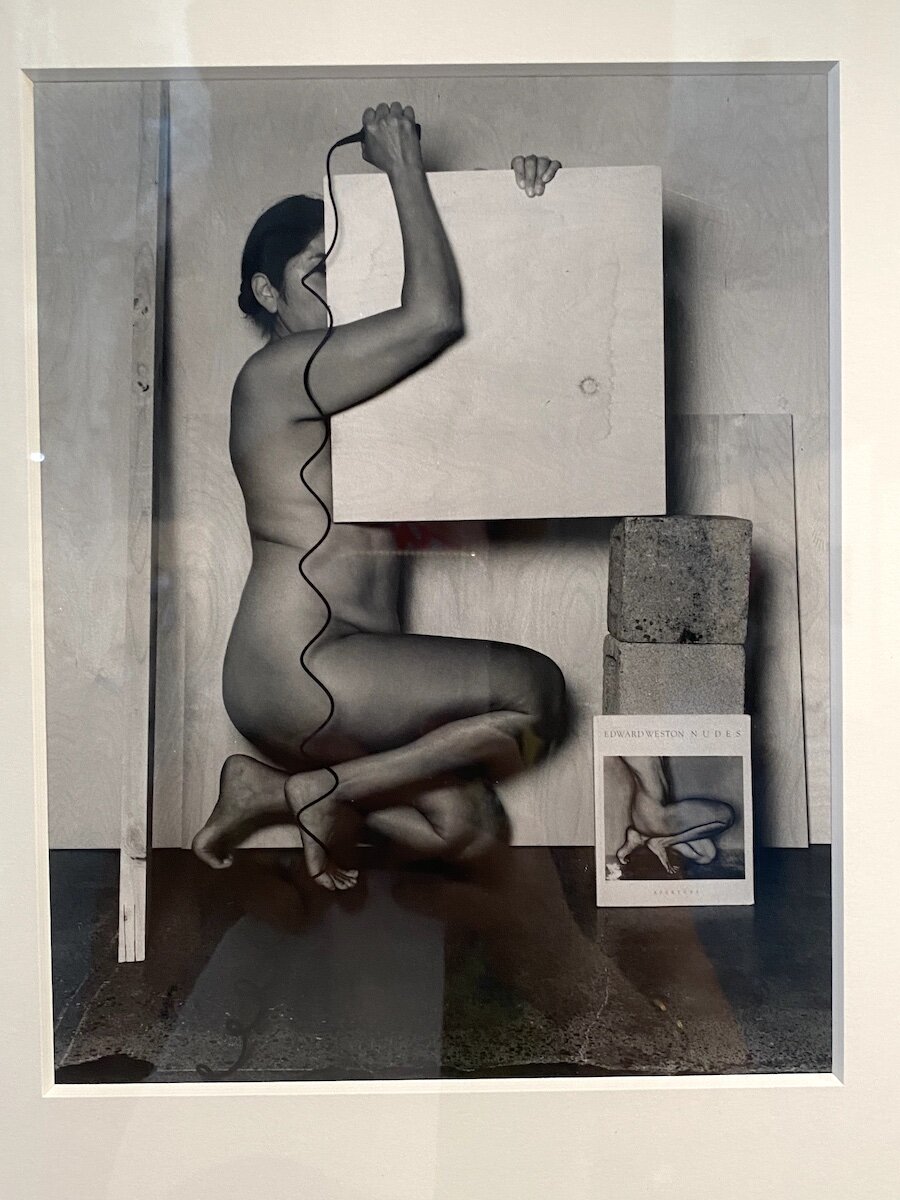Text and Images by Coco Dolle
LUMA Arles Foundation
Frank Gehry’s tower in LUMA Arles, commissioned by Maja Hoffman, 2021.
The fairly new contemporary art foundation LUMA Arles has taken the spotlight in the magnificent and historical town of Arles in Provence, France. This impressive architecture is the creative project of Swiss collector Maja Hoffman, heiress of the Laboratoire Roche. Descending from a long lineage of art collectors, Maja was partially raised in Arles, and has forged a special connection with the city of Van Gogh over the years.
Set at the entrance to the town in an old rail yard factory, the foundation’s main building was designed by world-renowned designer Frank Gehry. Its stainless steel tower forms an intricate structure of mirrored impressions merging with the infinite blues of the sky. Upon entering the building, visitors are welcomed with a large-scale video presentation of Gehry’s vision. In his interview, he explains that his design aimed to both pay homage and reflect the symbolic of the Roman’s arena and the famous swirls in the painterly work of Van Gogh’s Starry Night.
Further at different museum levels are featured an array of commissioned works by well established contemporary artists invested in the conversation of the future and technologies. Each are presented as permanent in-situ artworks: Philippe Parreno’s film installation No More Reality, Carsten Höller’s playful Isometric Slides, Olafur Elisasson’s rotating mirror Take your Time or Rirkrit Tiravanija’s Drum Café.
Franz West’s sculpture in the garden of LUMA Arles designed by Frank Gehry, 2021.
Below on the garden level, a gigantic noodle-shaped light pink sculpture titled “Krauses Gekröse” by Franz West highly contrasts with the greens of the surrounding parks. The ground level’s main gallery then opens to the magnificent and personal collection of Maja Hoffman featuring contemporary masterpieces. Her curated exhibition “The Impermanent Display” examines the political, social and climatic transformations that we have recently experienced all over the world. Suggesting that we are in a dramatic transitional and metamorphosis stage, Maja’s collection presents monumental oeuvres including Urs Fisher’s wax piece The Rape of The Sabines, Iza Genkzen’s Nofretete and Madonna with Child, a Katharina Fritsch black madonna sculpture, a photography selection of Diane Arbus’s Archives and Paul McCarty’s Disney wood sculpture, amongst others.
In the Grande Halle, a new commission by Pierre Huygues titled After Umwelt is activated in the dark by giant led screens prompting the audience at the core of the human’s brain activity. Imagined by a brain-computer interface, this artificial imagination creates for the viewer a sense of discomfort thus with equal familiarity.
Les Rencontres de la Photographie
The main campus of LUMA is also host to other artistic events including the annual Rencontres de la Photographie. Started in the 1970s, the festival presents the new talents in contemporary photography alongside retrospectives happening in unusual places and ancient architectures around the town. The exhibition MASCULINITES was particularly significant in the way it examined the role of photography in permeating and perpetuating images of both toxic and fragile masculinities in society.
Les Rencontres d’Arles, 2021




































